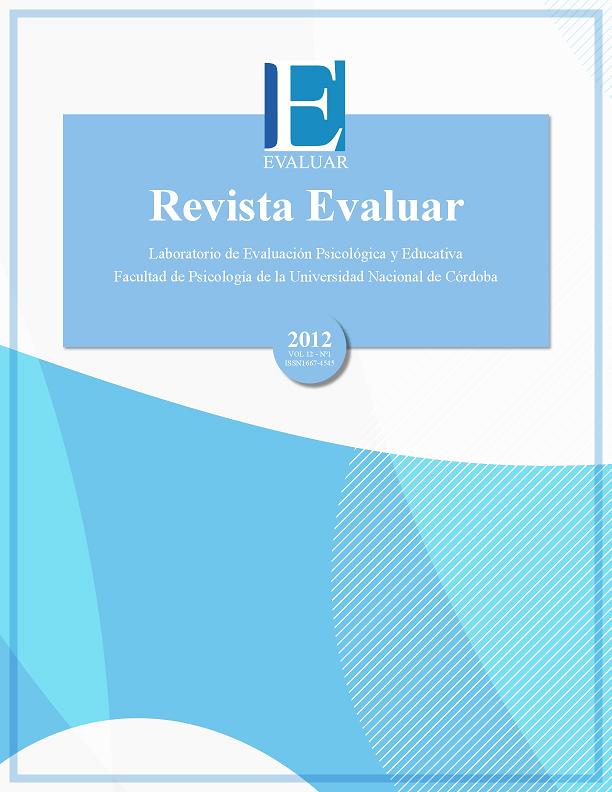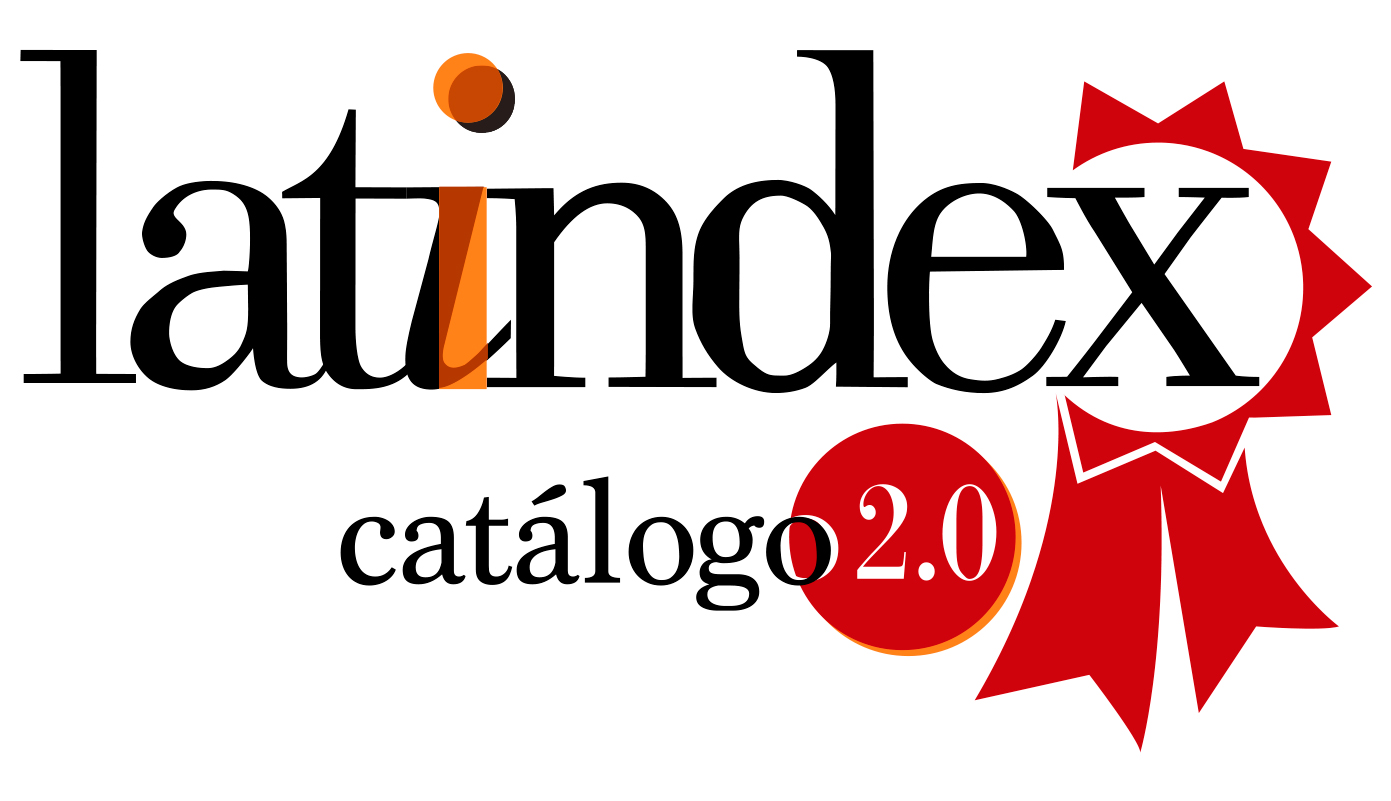Development and validation of a mesaure of person-organization fit
DOI:
https://doi.org/10.35670/1667-4545.v12.n1.4695Keywords:
ajuste persona-organización, conflicto de valores, reconocimiento de valores organizacionales, instrumento de mediciónAbstract
In the absence of an instrument to measure simultaneously the conflict and the fit between personal and organizational values, and also the organizational values recognition, we aimed to develop and validate an inventory for thispurpose. To validate the Inventory, we used a sample of 102 distributed in several organizations from Portugal. The factorial analysis allowed to reduce our items from 19 to 16, distributed in three factors with 71,92% of variance explained.We obtained values of general α = 0.608, while specific α values were: person-organization fit, α = 0.909; person-organization value conflict, α = 0.891; and organizational values recognition, α = 0.901. Our results indicate that fit and conflict variables have different measurement and the scales from the Inventory can be separately because of high specific α values and a low general α value. Our tool is reliable to be applied to the population where it was validated, however, further studies should be performed to validate the robustness of this instrument.
Downloads
References
Atkinson, R., y Flint, J. (2001). Accessing hidden and hard-to-reach populations: snowball research strategies. [Artículo]. Social Research Update (33), 1-1.
Bouckenooghe, D., Buelens, M., Fontaine, J., y Vanderheyden, K. (2005). The prediction of stress by values and value conflict. The Journal of Psychology, 139(4), 369-382.
Boxx, W. R., y Odom, R. Y. (1991). Organizational values and value congruency and their impact on satisfaction, commitment, and cohesion. [Artículo]. Public Personnel Management, 20(2), 195-206.
Cable, D. M., y DeRue, D. S. (2002). The convergent and discriminant validity of subjective fit perceptions. Journal of Applied Psychology, 87(5), 875-884. doi: 10.1037/0021-9010.87.5.875
Caldwell, S. D., Herold, D. M., y Fedor, D. B. (2004). Toward and understanding of the relationships among organizational change, individual differences, and changes in personenvironment fit: A cross-level study. Journal of Applied Psychology, 89(5), 868-882. doi: 10.1037/0021-9010.89.5.868
Chatman, J. A. (1989). Matching people and organizations: Selection and socialization in public accounting firms. [Procedimiento]. Academy of Management Best Papers Proceedings, 199-203.
Cronbach, L. J. (1951). Coefficient alpha and the internal structure of tests. Psychometrika 16(3), 297-334. doi: 10.1007/BF02310555
Davis, V. A. (2006). Relationships among subjective workplace fit perceptions, job satisfaction, organizational citizenship behavior, organizational commitment, and turnover intentions. PhD, Alliant International University, San Diego. Tomado de http://search.ebscohost.com/login.aspx?direct=true&db=psyh&AN=2006-99018-039&lang=pt-br&site=ehost-live Available from EBSCOhost psyh database. (AAT 3209951).
Edwards, J. R., y Cable, D. M. (2009). The value of value congruence. Journal of Applied Psychology, 94(3), 654-677. doi: 10.1037/a0014891
Förster, C. E., y Rojas-Barahona, C. A. (2010). Adaptación y validación del cuestionario de rasgos de pensamiento de o’neil y colaboradores: metacognición y motivación en la solución de problemas. Revista Iberoamericana de Diagnóstico y Evaluación Psicológica, 2(30), 9-34.
Google. (2010). Google docs. California. Tomado de https://www.google.com/
Hair, J., Anderson, R., Tatham, R., y Black, W. (2005). Análise multivariada de dados. Porto Alegre: Bookman.
Hinkin, T. R. (1998). A brief tutorial on the development of measures for use in survey questionnaires. Organizational Research Method, 1(1), 104-121.
Hinkle, R. K., y Choi, N. (2009). Measuring person-environment fit: A further validation of the perceived fit scale. International Journal of Selection and Assessment, 17(3), 324-328.
IBM. (2010). IBM-SPSS-AMOS. New York: IBM.
Jehn, K. A., Chadwick, C., y Thatcher, S. M. B. (1997). To agree or not to agree: the effects of value congruence, individual demographic dissimilarity, and conflict on workgroup outcomes. [Artículo]. International Journal of Conflict Management, 8(4), 287-305. doi: 10.1108/eb022799
Kristof, A. L. (1996). Person-organization fit: an integrative review of its conceptualizations, measurement, and implications. [Artículo]. Personnel Psychology, 49(1), 1-49.
Lamm, E., Gordon, J. R., y Purser, R. E. (2010). The role of value congruence in organizational change. Organization Development Journal, 28(2), 49-64.
Liedtka, J. M. (1989). Value congruence: The interplay of individual and organizational value systems. [Artículo]. Journal of Business Ethics, 8(10), 805-815.
Martorell, C., y Gómez, O. (2010). Enfoque de la evaluación psicológica de la revista iberoamericana de diagnóstico y evaluación psicológica (Ridep). Revista Iberoamericana de Diagnóstico y Evaluación Psicológica, 2(30), 35-46.
Medina, F. J., Munduate, L., Dorado, M. A., Martínez, I., y Guerra, J. M. (2005). Types of intragroup conflict and affective reactions. Journal of Managerial Psychology, 20(3-4), 219-230. doi: 10.1108/02683940510589019
Meglino, B. M., & Ravlin, E. C. (1998). Individual values in organizations: concepts, controversies, and research. [Artículo]. Journal of Management, 24(3), 351-389.
Morais, T. (2011). Cultura organizacional e stress ocupacional –a articulação entre valores individuais e organizacionais e a sua relação com a perceção de stress ocupacional. Maestría integrada en Psicologia, Universidade do Porto, Porto.
Oliveira, L., Argolo, J. C. T., Souza, A. L. d., Pereira, E. A., y Souza, W. (2002). A síndrome de burnout e os valores organizacionais: Um estudo comparativo em hospitais universitários. Psicologia: Reflexão e Crítica, 15(1). Tomado de http://www.scielo.br/scielo.php?script=sci_arttext&pid=S0102-79722002000100020&lng=en&nrm=iso&tlng=pt
Posner, B. (2010). Another look at the impact of personal and organizational values congruency. [Artículo]. Journal of Business Ethics, 97(4), 535-541. doi: 10.1007/s10551-010-0530-1
Sagiv, L., y Schwartz, S. H. (2000). Value priorities and subjective well-being: direct relations and congruity effects. [Artículo]. European Journal of Social Psychology, 30(2), 177-198.
Sekinguchi, T. (2004). Person-organization fit and person-job fit in employee selection: a review of the literature. Osaka Kedai Ronshu, 54(6), 179-196.
Silverthorne, C. (2004). The impact of organizational culture and person-organization fit on organizational commitment and job satisfaction in Taiwan. Leadership & Organization Development Journal, 25(7), 592-599.
Stevens, J. (1986). Applied multivariate statistics for the social sciences. New Jersey: Lawrence Erbaum.
Talbot, D., y Billsberry, J. (2011). Similarities & differences between fit & misfit. Trabajo presentado en la 15ª Conferencia de la Asociación Europea de Psicología Organizacional y del Trabajo, Maastricht.
Thompson, B., y Daniel, L. G. (1996). Factor analytic evidence for the construct validity of scores: A historical overview and some guidelines. Educational and Psychological Measurement, 56(2), 197-208. doi: 10.1177/0013164496056002001
Vandenberghe, C., y Peiro, J. M. (1999). Organizational and individual values: Their main and combined effects on work attitudes and perceptions. European Journal of Work & Organizational Psychology, 8(4), 569-581.
Wheeler, A. R., Gallagher, V. C., Brouer, R. L., y Sablynski, C. J. (2007). When person-organization (mis)fit and (dis)satisfaction lead to turnover: The moderating role of perceived job mobility. Journal of Managerial Psychology, 22(2), 203-219. doi: 10.1108/02683940710726447
Ximénez, M. C., y Martín, R. S. (1998). El análisis de la conmensurabilidad en una medida de ajuste persona-ambiente: Un estudio empírico. Psicológica, 19, 237-258.
Downloads
Published
How to Cite
Issue
Section
License
Copyright (c) 2012 Valentina Ramos, Filomena Jordão, Teresa Morais

This work is licensed under a Creative Commons Attribution 4.0 International License.
Revista Evaluar aplica la Licencia Internacional de Atribuciones Comunes Creativas (Creative Commons Attribution License, CCAL). Bajo esta licencia, los autores retienen la propiedad de copyright de los artículos pero permiten que, sin que medie permiso de autor o editor, cualquier persona descargue y distribuya los artículos publicados en Evaluar. La única condición es que siempre y en todos los casos se cite a los autores y a la fuente original de publicación (i.e. Evaluar). El envío de artículos a Evaluar y la lectura de los mismos es totalmente gratuito.




_(3).jpg)



.jpg)



